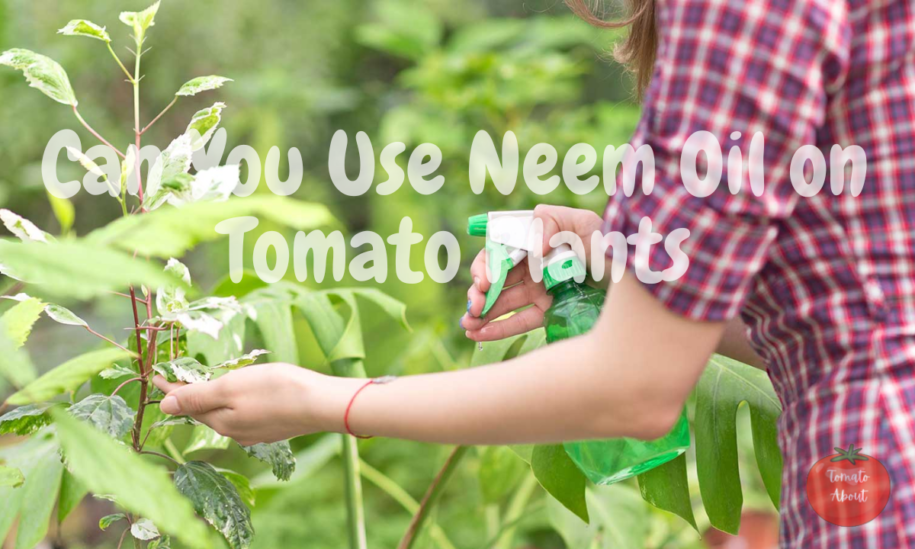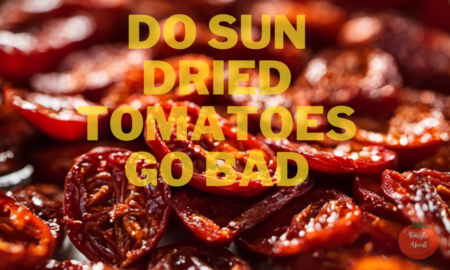Key Takeaways
- Neem oil, derived from the neem tree, is a natural and safe pesticide for protecting tomato plants from pests and diseases.
- Neem oil is non-toxic to humans, pets, beneficial insects, and wildlife when used correctly.
- It is effective against a range of tomato pests, including aphids, whiteflies, and caterpillars, as well as fungal diseases like early blight and powdery mildew.
- Neem oil can be applied from early growth stages up to harvest time and can also be used for soil drenching and seed coating.
- While neem oil has a distinct odor and requires reapplication due to UV degradation, its benefits in organic gardening make it a valuable tool for tomato growers.
Neem oil has long been recognized as a powerful natural solution for a variety of gardening and agricultural challenges. When it comes to tomato plants, this versatile oil can be a real game-changer, that offers a multitude of benefits that can help your plants thrive.
In this article, you can read about what neem oil is exactly, its benefits, and how to use it effectively on your tomato plants.
What is Neem Oil?
Neem oil is a natural, plant-based oil extracted from the Azadirachta indica tree, also known as the neem tree. This tree is native to India and Southern Asia, but its cultivation has spread worldwide, making it accessible to gardeners across the globe.
The oil is derived from the seeds and bark of the neem tree, and it has been used for centuries in traditional medicine and as a natural pesticide. Neem oil is renowned for its diverse applications, from cosmetics and personal care products to effective insect and disease control in the garden.
Can You Use Neem Oil on Tomato Plants?
Absolutely! Neem oil is not only safe for use on tomato plants but can also provide a multitude of benefits to keep your plants healthy and thriving.
What are the Benefits of using Neem Oil for Tomato Plants?
- Effective Insecticide: Neem oil is a powerful natural insecticide that can target a wide range of pests, including aphids, mites, mealybugs, leafhoppers, caterpillars, thrips, and whiteflies. When applied to the plant, the oil is absorbed and then transferred to the pests as they feed, effectively disrupting their life cycle and ultimately eliminating the infestation.
- Fungicide and Bactericide: Neem oil is not only an insecticide but also a powerful fungicide and bactericide. It can effectively combat a variety of fungal and bacterial diseases that can afflict tomato plants, such as Blackspot, Leaf spot, Root rot, Powdery mildew, Rust, Tip Blight, Anthracnose, and Fire Blight.
- Safe for Indoor Use: One of the great advantages of neem oil is that it is safe to use on tomato plants grown indoors, whether in a greenhouse or as houseplants. This makes it an excellent choice for gardeners who want to protect their indoor-grown tomatoes from pests and diseases without worrying about harmful chemicals.
- Neem Cakes as Fertilizer: The leftover neem cakes (the solid residue after oil extraction) can be used as a natural fertilizer for your tomato plants. These cakes are rich in essential nutrients, including nitrogen, phosphorus, and potassium, and they release these nutrients slowly, providing a steady supply of nourishment for your plants.
- Nematode Control: Neem oil is particularly effective against nematodes, a type of microscopic worm that can feed on the roots of tomato plants, eventually causing the plant to wilt and die. The notriterpenoids and isoprenoids present in neem oil act as natural nematicides, helping to eliminate these pests.
How to Use Neem Oil on Tomato Plants
There are several ways to apply neem oil to your tomato plants, each with its own benefits:
Foliar Neem Oil Spray
- Mix 2-4 tablespoons of neem oil per gallon of water, along with a small amount of organic soap (be careful not to use too much, as it can burn the leaves).
- Pour the mixture into a spray bottle and thoroughly coat the leaves, stems, flowers, and fruit of your tomato plants, paying special attention to the undersides of the leaves where many pests reside.
- Reapply the spray every 7-14 days, making sure to shake the bottle to maintain a consistent mixture.
- Avoid spraying during the hottest parts of the day or when the weather is too cold, as this can stress the plants.
Neem Oil Soil Soak
- Mix 1 tablespoon of 100% cold-pressed, raw neem oil with a quart of emulsified water.
- Pour 2-3 cups of this mixture around the base of each tomato plant, allowing it to soak into the soil.
- Repeat this process every two weeks, as the neem oil will be absorbed by the plant’s roots and distributed throughout the entire plant.
- This method provides longer-lasting protection against pests and diseases, as the neem oil is integrated into the plant’s system.
Neem Cake Fertilizer
- Crumble the neem cakes (the solid residue left after oil extraction) and spread them around the base of your tomato plants, according to the instructions on the package.
- The neem cakes will slowly release their nutrients, including nitrogen, phosphorus, and potassium, providing a natural and steady fertilization for your tomatoes.
- The neem cakes also help to repel nematodes and other soil-borne pests and pathogens.
When using neem oil, it’s important to follow the manufacturer’s instructions and always test a small area first to ensure the mixture is not too strong, as excessive amounts can potentially damage the plants.
When to Use Neem Oil on Tomato Plants
Neem oil can be used throughout the growing season, but it’s best to apply it in the early morning or late evening to avoid harming beneficial insects, such as ladybugs and butterflies, that may be active during the day.
Additionally, it’s recommended to avoid spraying neem oil on your tomato plants when the weather is too hot or too cold, as this can stress the plants.
Before consuming the ripe tomatoes, be sure to wash them thoroughly with plenty of water to remove any residual neem oil.
In addition to its insecticidal properties, neem oil also serves as an effective fungicide and bactericide for tomato plants. Many common fungal diseases that plague tomato plants, such as early blight, late blight, and powdery mildew, can be effectively managed with the application of neem oil.
Neem oil works by disrupting the cell membranes of fungal pathogens, preventing them from growing and spreading. Similarly, it has been found to be effective against certain bacterial infections, making it a valuable tool in the fight against diseases that can compromise the health and productivity of tomato plants.
Precautions and Considerations
While neem oil is generally considered safe for use in organic gardening, it’s important to take some precautions when handling and applying it. Neem oil can be toxic to fish and other aquatic life, so it’s crucial to avoid applying it near ponds, streams, or other water sources. Additionally, neem oil can be harmful if ingested, so it’s essential to keep it away from children and pets.
It’s also important to note that neem oil may not be effective against all types of pests and diseases affecting tomato plants. In some cases, a combination of control methods, including mechanical removal, cultural practices, and the use of other organic pesticides or fungicides, may be necessary to achieve optimal results.
Conclusion
Neem oil is a versatile and natural solution that can greatly benefit the health and productivity of your tomato plants. Its insecticidal, fungicidal, and bactericidal properties make it an invaluable tool for organic gardeners looking to manage a wide range of pests and diseases. Furthermore, its ability to act as a natural fertilizer and soil amendment can contribute to the overall vitality of your tomato plants. Anything you want to share, do comment!



